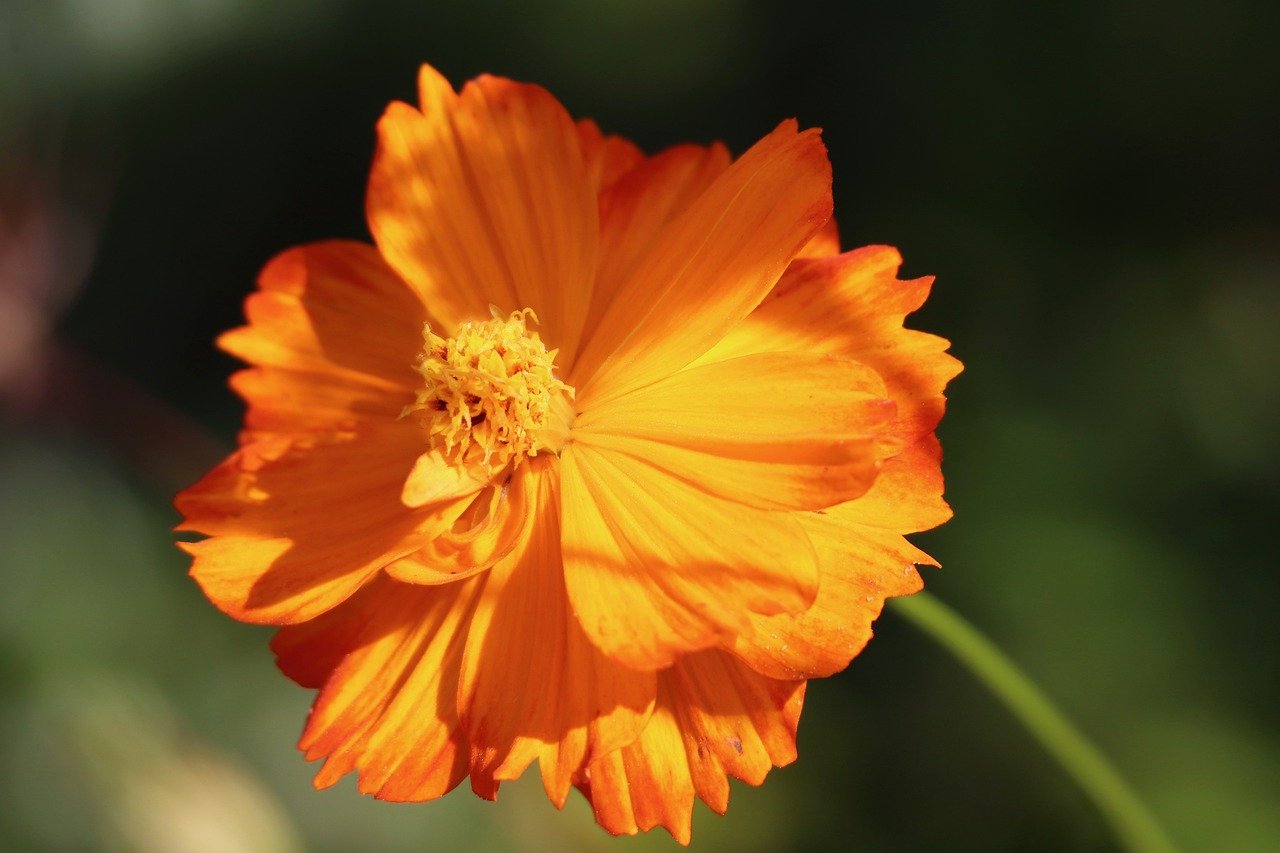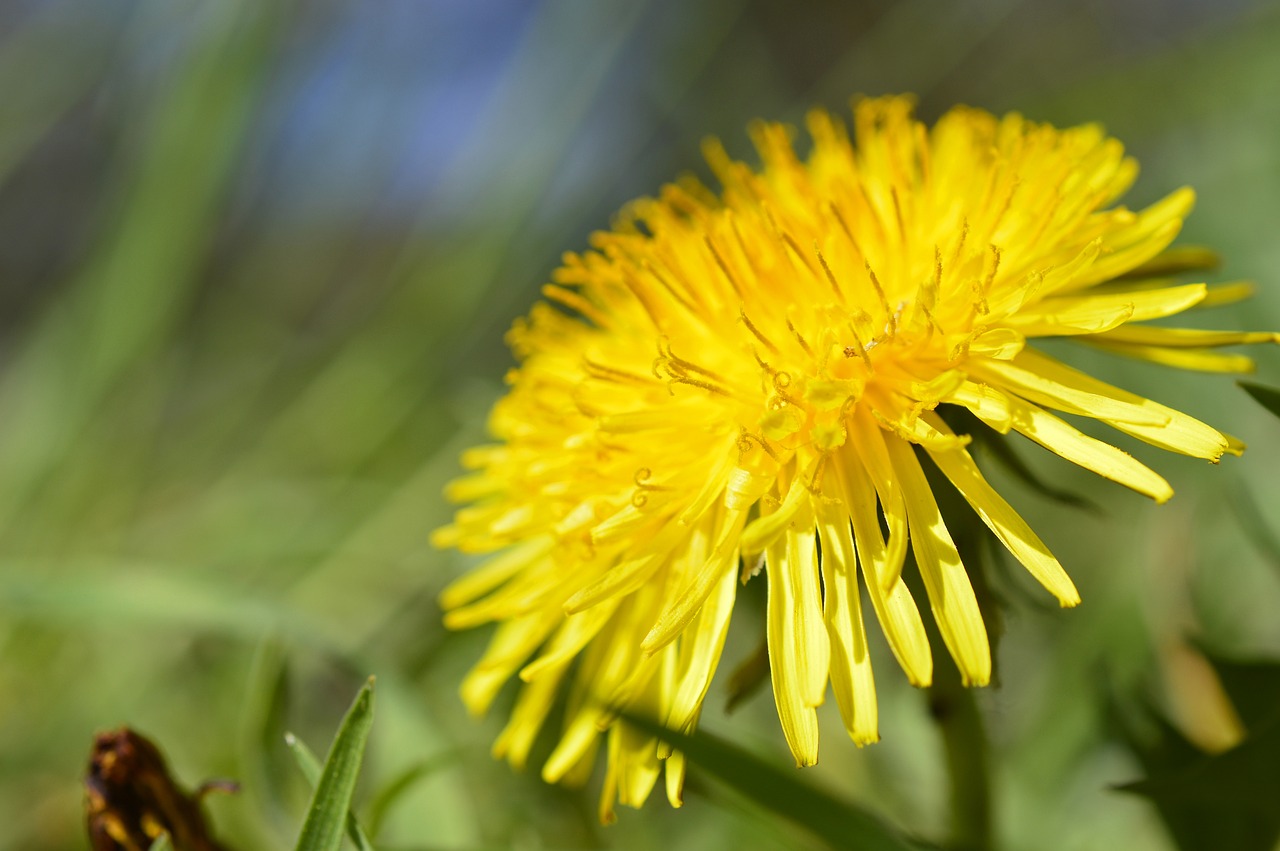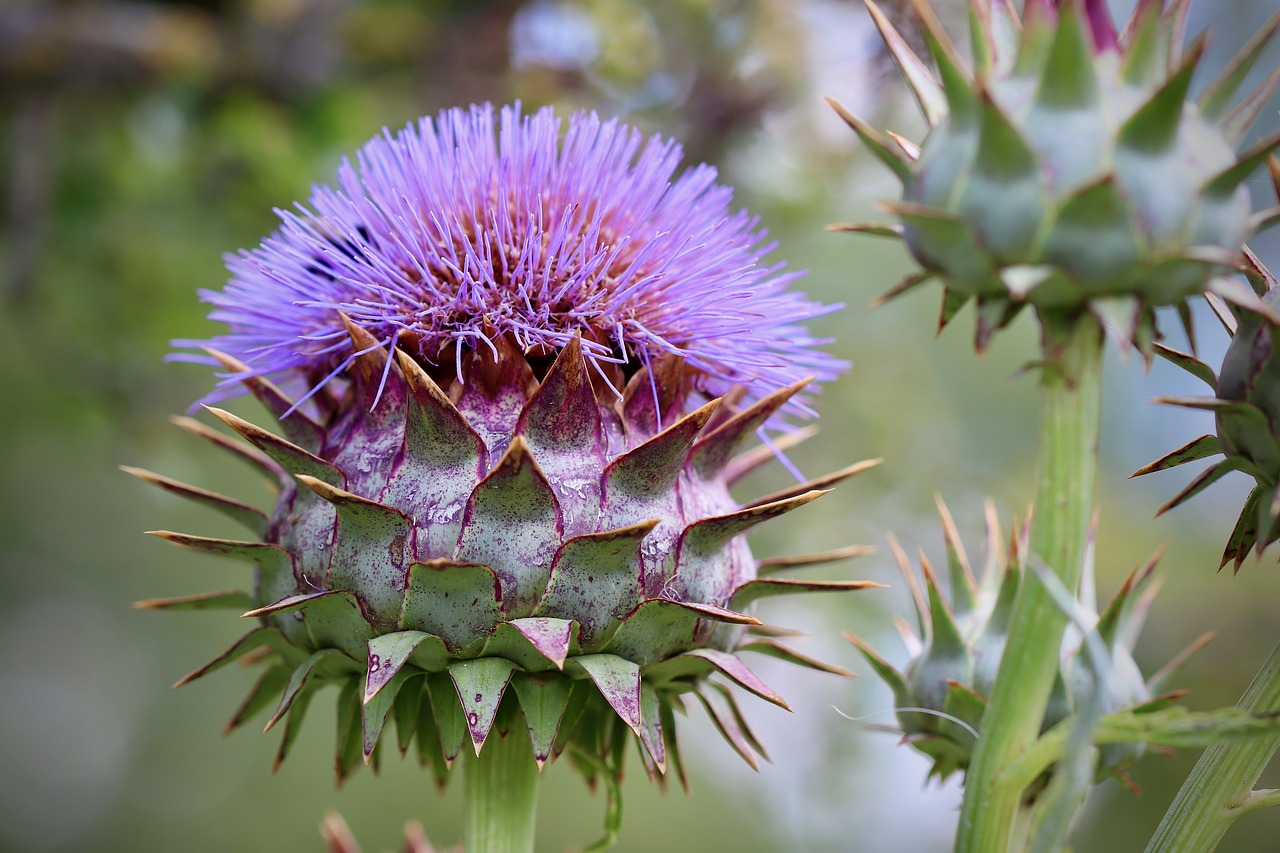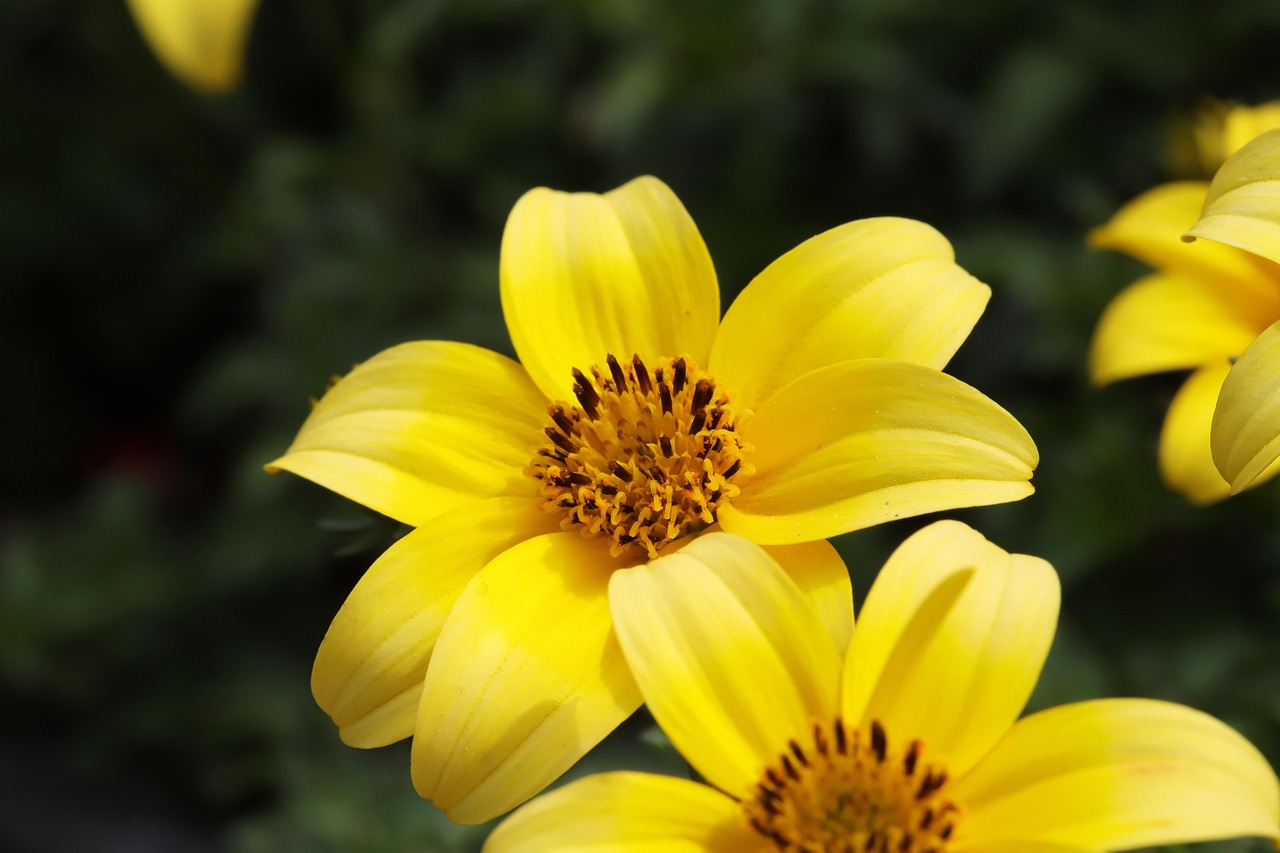Korean Aster | A Flower Rooted in the Landscapes of East Asia
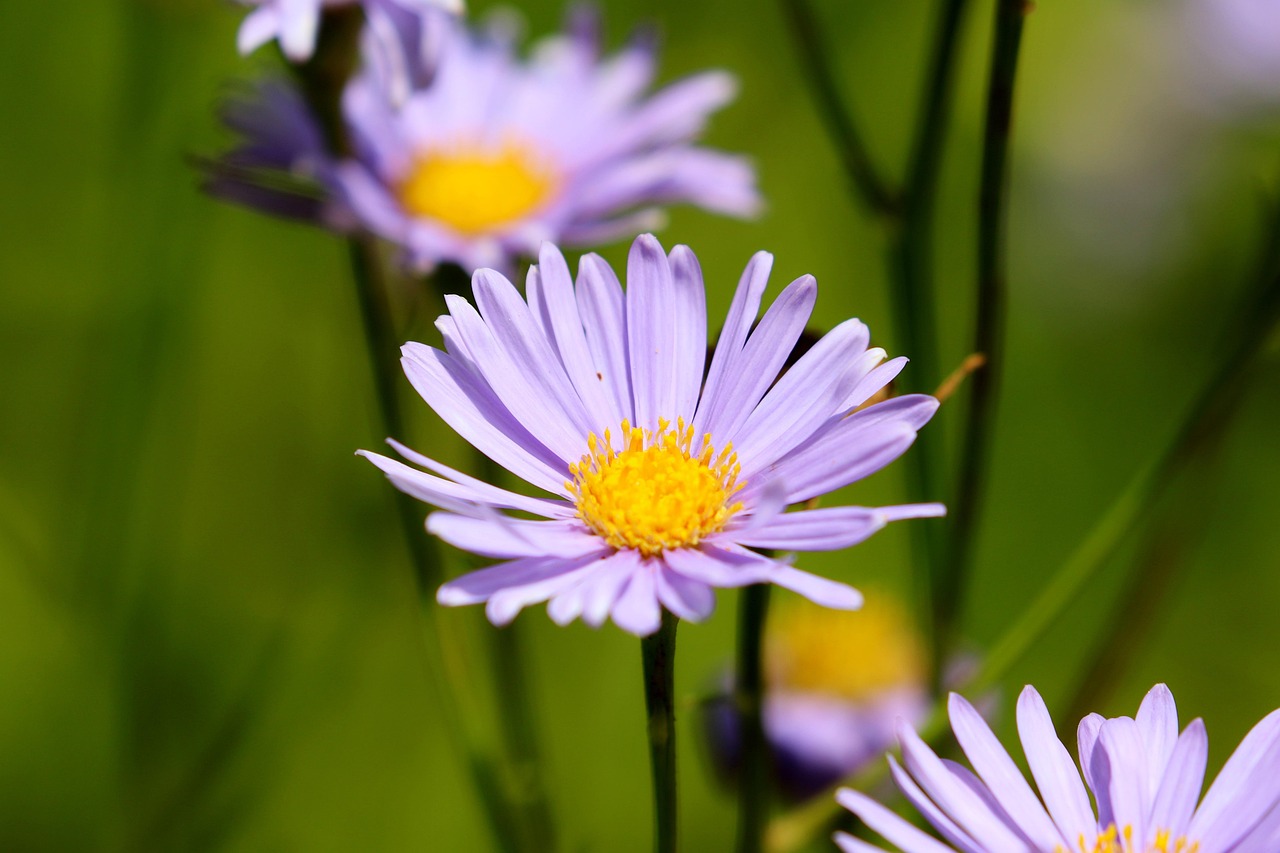
The Korean aster is a perennial plant that blooms with beautiful purple flowers in autumn and has adapted to the natural environment of East Asia. With its delicate petals and resilient nature, it is cherished as an ornamental flower that enhances the beauty of gardens and parks.
In this article, I will explain in detail the basic information, cultural and historical significance, and cultivation methods of the Korean aster.
Basic Information
- Scientific name: Aster koraiensis
- Family: Asteraceae
- Origin: Korean Peninsula, Northeastern China
- Appearance: It produces purple flowers with slender petals and a yellowish center. The leaves are elongated and grow along sturdy stems.
- Blooming season: From late summer to autumn, allowing us to enjoy vivid blossoms in a cool climate.
Cultural Significance Around the World
The Korean aster is known as a flower that blends harmoniously into traditional East Asian gardens and natural landscapes.
In the Korean Peninsula, it is considered a symbol of autumn. Its soft purple color evokes a refreshing seasonal scenery. In traditional Korean gardens, it is often planted alongside bamboo and pine trees, reflecting the importance of natural balance in garden design.
In Japan, it has long been observed as a wildflower growing in fields and mountains, cherished as one of the flowers of autumn along with other members of the aster family. Its refined purple blossoms have also inspired poetry and visual arts.
Historical Episodes
The scientific name Aster koraiensis derives from “Korea,” its native land.
Western botanists first recorded this plant in the late 19th to early 20th centuries. During that period, there was an active movement to classify East Asian plants and introduce them to European botanical gardens, and many members of the aster family became subjects of study.
On the Korean Peninsula, the plant was not only incorporated into traditional gardens but also planted in natural parks and around cultural heritage sites, valued as a seasonal marker.
In recent years, it has gained attention as a garden plant and is increasingly cultivated in botanical gardens around the world.
Gardening Advice
The Korean aster is relatively easy to grow, but providing proper conditions is important for healthy development.
Sunlight
Prefers sunny locations but can also grow in partial shade. Good air circulation promotes healthy growth.
Watering
Moderately drought-tolerant. Water when the soil surface becomes dry, avoiding excessive moisture.
Soil
Well-drained soil is ideal. Loamy soil mixed with compost or sandy soil works well.
Fertilizer
Applying slow-release fertilizer before the blooming season improves flowering. Avoid over-fertilization.
Cold tolerance
It can be grown outdoors even in cold climates. Mulching during winter helps protect against extreme cold.
Conclusion
The Korean aster is a perennial plant that announces the arrival of autumn with its elegant purple blossoms. It has long been cherished as a part of East Asian gardens and landscapes.
On the Korean Peninsula, it has been planted in traditional gardens, while in Japan and China it has been admired as a seasonal flower of autumn.
Since the 19th century, it has been classified by Western botanists and recognized for its horticultural value.
By providing ample sunlight and well-drained soil, one can enjoy its graceful flowers for an extended season.


